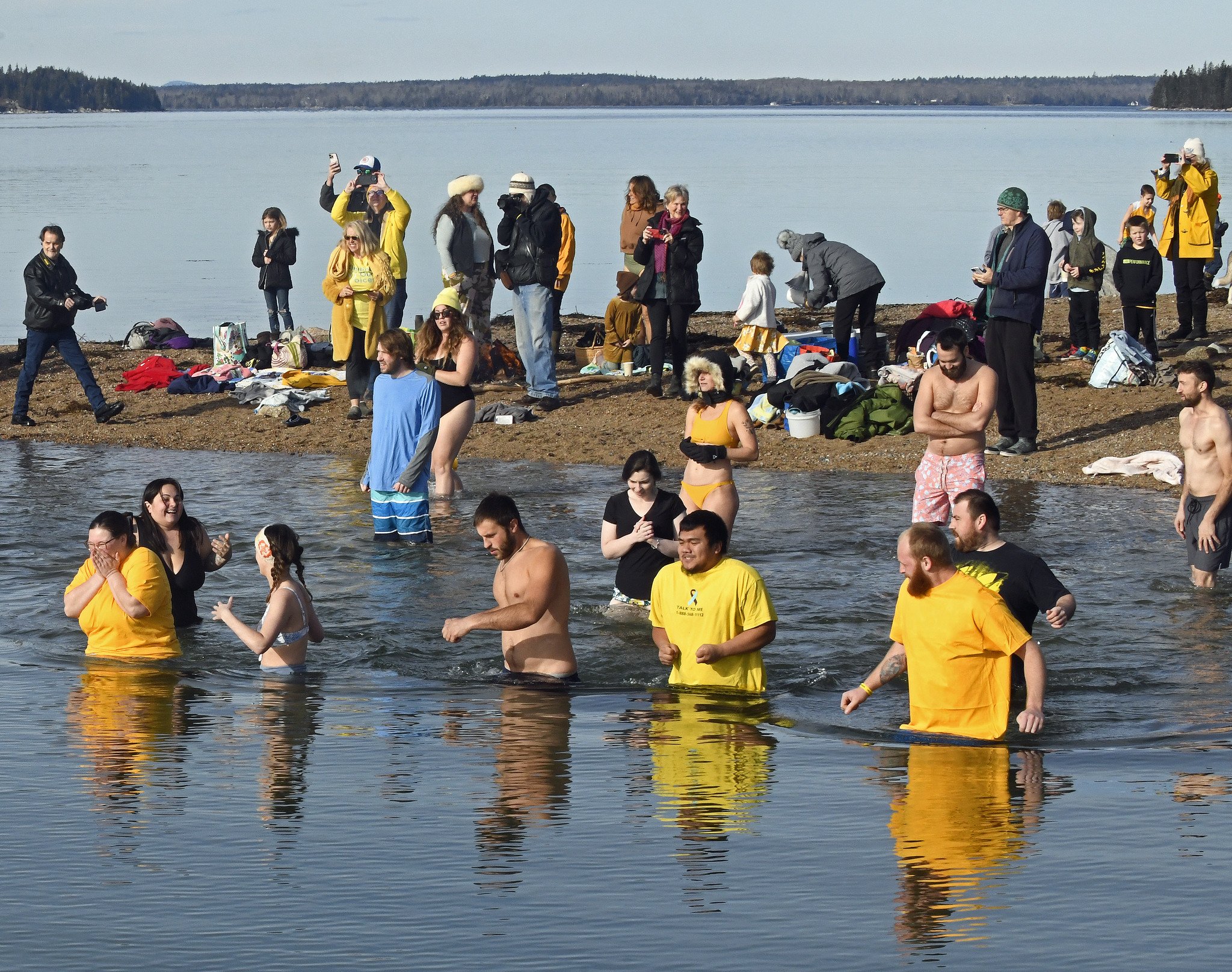It’s maple sap collection time. When temperatures are below freezing at night and above freezing (preferably in the 40s F) during the day, the thawing creates enough pressure to allow sap to flow by gravity out of a tapped tree. Here you see part of the process at work yesterday on the big maples in front of the Friend Memorial Public Library:
Maple syrup can be made from the sap of any maple tree, but the highest sugar concentration is found in – you guessed it – sugar maples. Nowadays, it seems that most maple sap is collected here with a plastic tubing system that can be connected to multiple trees. The clear, sweet sap in the tubes drains drop-by-drop by gravity into a large, central collection container located at a lower level.
The traditional way of collecting maple sap to make maple syrup is to bore a hole into the tree and hammer a metal spike-like spout (a “spile”) into the hole, A can or bucket is then hung on the spout to collect the dripping sap. This process requires tending to each tree and its bucket individually, rather than having a central collection container fed by tubes on multiple trees.
Leighton Archive Image
(Images taken in Brooklin, Maine, on February 26, 2024, except as indicated.)






































































